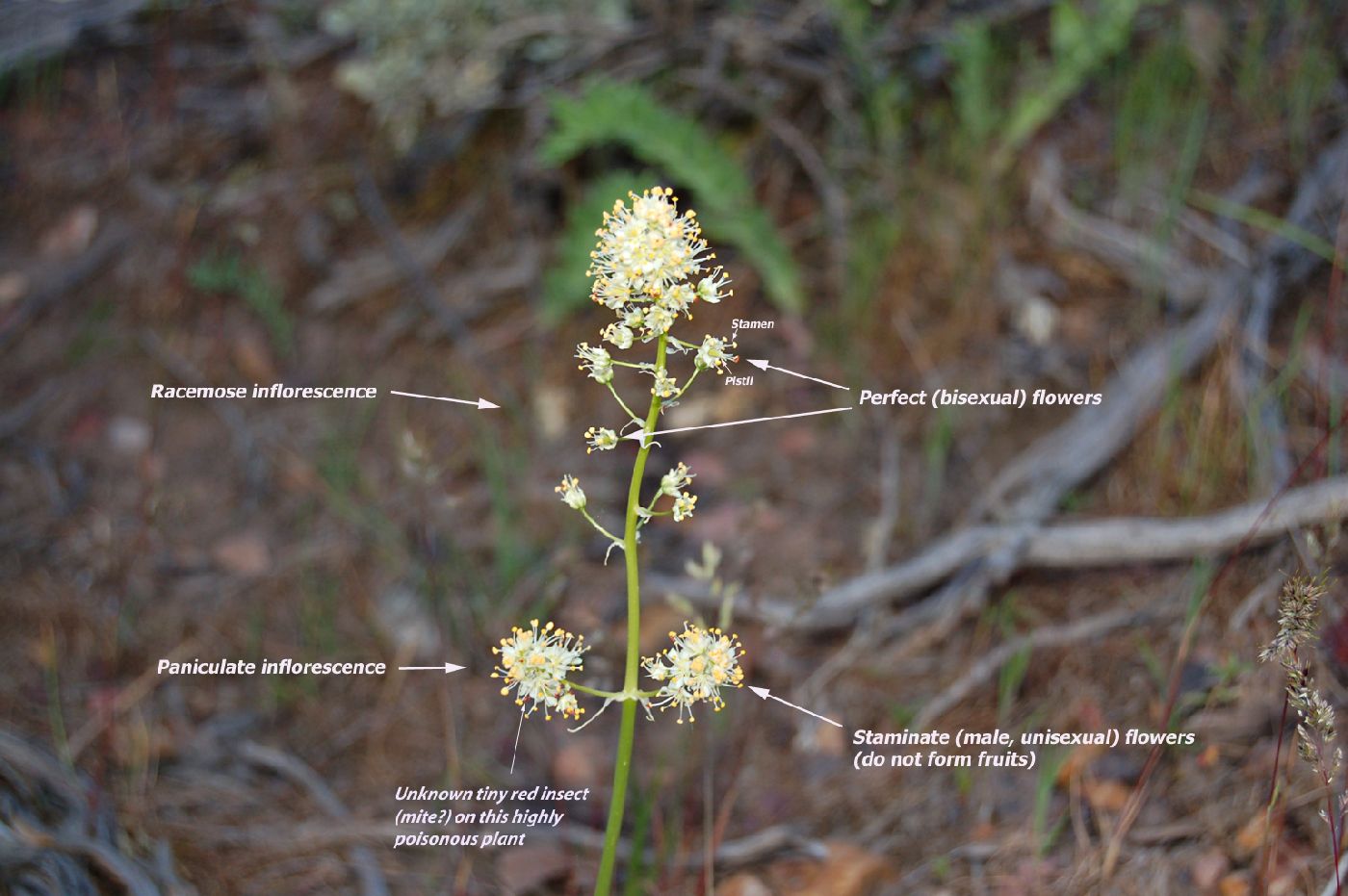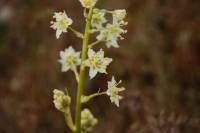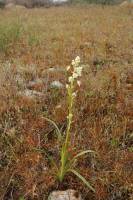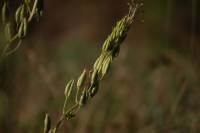|
Toxicoscordion paniculatum
 No occurrences found (redirected from: Zigadenus paniculatus (Nutt.) S.Watson) |
|
|
Family: Melanthiaceae
foothill deathcamas
[Zigadenus paniculatus (Nutt.) S.Watson] |
|






